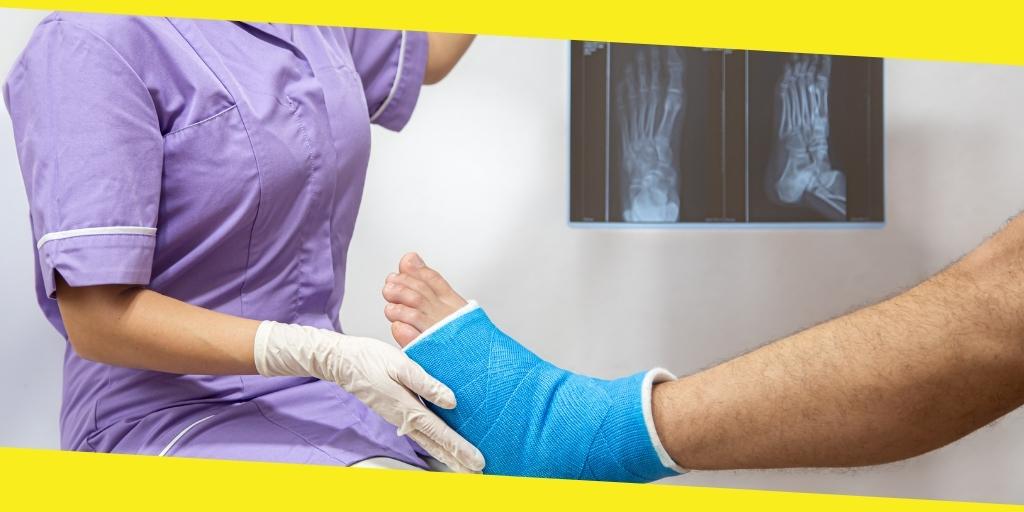Top Myths About Bone Fractures

Since the advent of the internet, it seems that everyone and their mother may claim to be a medical expert. On the surface, this approach seems entertaining, but it encourages harmful misinformation about managing major medical illnesses. Unfortunately, if you suffer fractures in East Brunswick, you would better have the correct information.
A fractured bone may happen in a variety of situations. Accidents involving motor vehicles, bicycles, or even a trip and fall on a wet sidewalk are possible causes. It is crucial to remember that a fractured bone is a severe injury, even if it heals with medical attention. When dealing with bone fracture and damage, there are several misunderstandings that you should be aware of, including:
Contents
ToggleIf your bones are broken, you will be inevitably in pain.
The answer is no. It is uncommon for folks to share stories of tripping up and going about their day without realizing they had fractured bones. Broken bones usually hurt a lot, but you may not even know you have one if it is just a tiny crack. To prevent infection or irreversible deformity, you must get expert assistance as soon as you detect a fractured bone.
Bruising occurs as soon as you break a bone in any way.
Pain and bruising are subjective feelings, as we have already established. Bone fractures may also cause bruising, although not all do so immediately. After a bone injury, it is typical to bruise reasonably rapidly, although it might take up to 48 hours for the bruising to become evident. Even if there is bleeding, it does not always mean that the bone has been cracked.
Your condition will need surgery.
One of the most widespread misconceptions regarding orthopedics is that most injuries need surgical intervention. Not at all; since orthopedists want to avoid surgery as much as possible, they prefer to use less invasive methods first. As a result, surgery is considered a last resort rather than a primary treatment choice.
Shattered bones are stronger after they have fully healed.
Initially, it sounds too fantastic to be accurate, but in the long run, it is. In the near run, though, there is some truth to it. The new, solid bone grows around the fracture to protect it while healing. As a result, a few weeks after the injury, the bone near the break has greater strength than a normal bone. A few years later, you are left with a bone that may be as good as new but is no more robust than the other bones in the vicinity.
With a fractured bone, you lose your entire range of motion
The idea that you lose mobility in a region of your body when you break a bone is a prevalent myth. A broken bone in your leg, for example, does not always indicate that the limb will be immobile for the time being. Several factors come into play, including the kind of fracture, severity, and the number of broken bones.
The degree of a bone injury varies from person to person. Fractures are complex injuries to assess without the help of a medical practitioner, as seen by these widespread misunderstandings about them. Reach out to a specialist to get an accurate diagnosis.
Recommended For You
Different Types Cookware for Gas Stove/Range
Most Inside
Most Inside offers high-quality recommendations and valuable updates to enhance all aspects of your life, providing premium guidance and enriching experiences.




